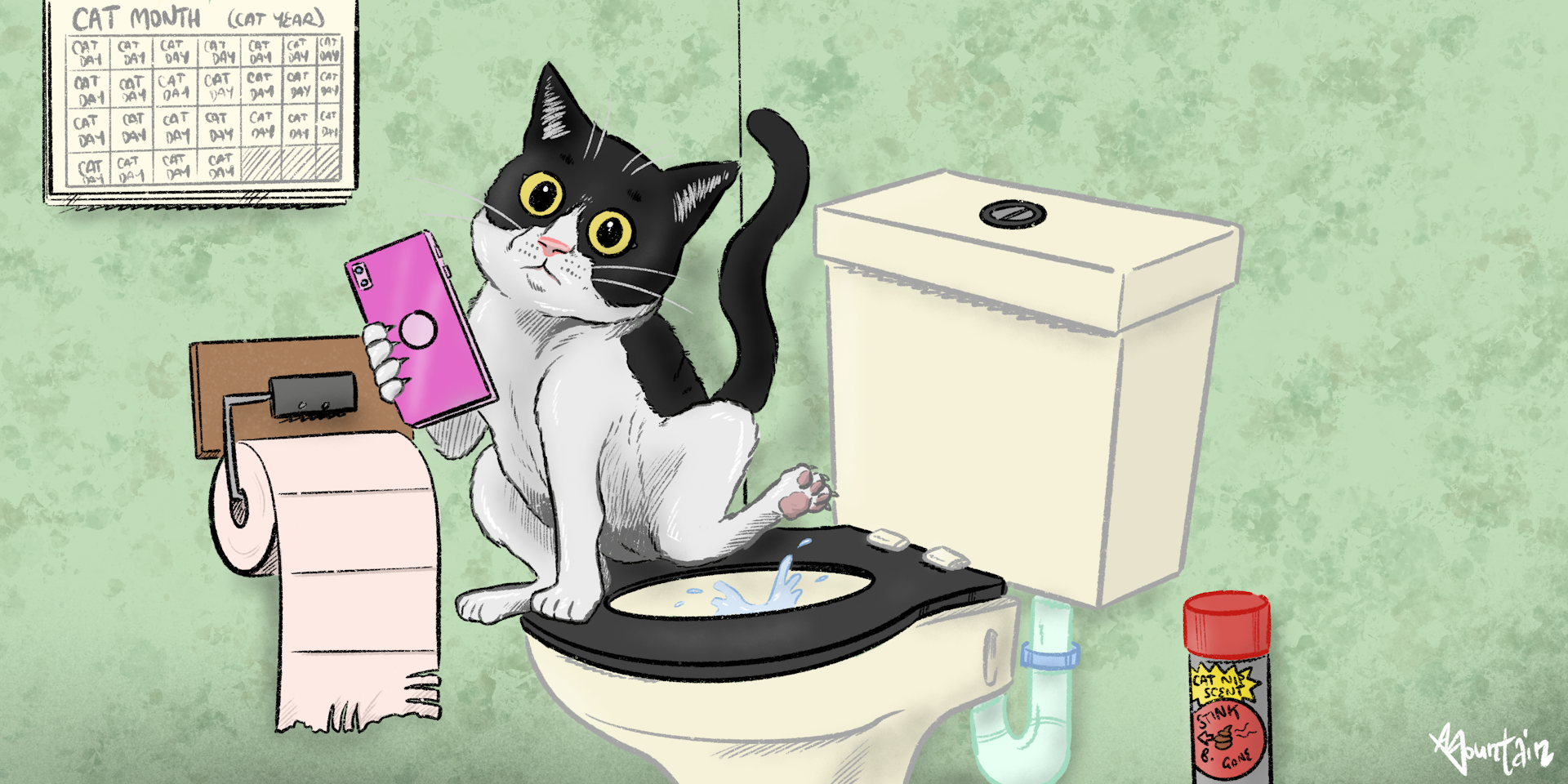Potential Issues of Flushing Cat Poop Down Your Toilet - Protect Your Pipes
Potential Issues of Flushing Cat Poop Down Your Toilet - Protect Your Pipes
Blog Article
This post listed below in relation to Can You Flush Cat Poo or Litter Down the Toilet? is seriously interesting. Don't miss out on it.

Introduction
As cat owners, it's necessary to be mindful of exactly how we get rid of our feline close friends' waste. While it might appear convenient to purge feline poop down the bathroom, this method can have harmful repercussions for both the environment and human wellness.
Alternatives to Flushing
The good news is, there are more secure and a lot more accountable ways to throw away feline poop. Consider the following options:
1. Scoop and Dispose in Trash
The most common approach of disposing of pet cat poop is to scoop it right into a naturally degradable bag and throw it in the garbage. Make certain to make use of a specialized litter scoop and dispose of the waste immediately.
2. Usage Biodegradable Litter
Go with eco-friendly pet cat trash made from products such as corn or wheat. These clutters are environmentally friendly and can be securely thrown away in the garbage.
3. Hide in the Yard
If you have a lawn, think about burying feline waste in a marked area away from vegetable gardens and water resources. Make certain to dig deep adequate to stop contamination of groundwater.
4. Mount a Pet Waste Disposal System
Purchase a family pet waste disposal system specifically designed for pet cat waste. These systems utilize enzymes to break down the waste, decreasing odor and ecological impact.
Health Risks
Along with environmental concerns, purging pet cat waste can also posture health and wellness threats to people. Pet cat feces may contain Toxoplasma gondii, a parasite that can create toxoplasmosis-- a possibly extreme illness, especially for expectant females and individuals with weakened body immune systems.
Ecological Impact
Purging pet cat poop presents damaging microorganisms and bloodsuckers into the water system, posturing a substantial danger to water environments. These impurities can adversely influence aquatic life and compromise water quality.
Conclusion
Responsible pet possession expands beyond offering food and shelter-- it also entails appropriate waste administration. By avoiding flushing cat poop down the commode and selecting alternative disposal approaches, we can reduce our ecological footprint and shield human health.
Why Can’t I Flush Cat Poop?
It Spreads a Parasite
Cats are frequently infected with a parasite called toxoplasma gondii. The parasite causes an infection called toxoplasmosis. It is usually harmless to cats. The parasite only uses cat poop as a host for its eggs. Otherwise, the cat’s immune system usually keeps the infection at low enough levels to maintain its own health. But it does not stop the develop of eggs. These eggs are tiny and surprisingly tough. They may survive for a year before they begin to grow. But that’s the problem.
Our wastewater system is not designed to deal with toxoplasmosis eggs. Instead, most eggs will flush from your toilet into sewers and wastewater management plants. After the sewage is treated for many other harmful things in it, it is typically released into local rivers, lakes, or oceans. Here, the toxoplasmosis eggs can find new hosts, including starfish, crabs, otters, and many other wildlife. For many, this is a significant risk to their health. Toxoplasmosis can also end up infecting water sources that are important for agriculture, which means our deer, pigs, and sheep can get infected too.
Is There Risk to Humans?
There can be a risk to human life from flushing cat poop down the toilet. If you do so, the parasites from your cat’s poop can end up in shellfish, game animals, or livestock. If this meat is then served raw or undercooked, the people who eat it can get sick.
In fact, according to the CDC, 40 million people in the United States are infected with toxoplasma gondii. They get it from exposure to infected seafood, or from some kind of cat poop contamination, like drinking from a stream that is contaminated or touching anything that has come into contact with cat poop. That includes just cleaning a cat litter box.
Most people who get infected with these parasites will not develop any symptoms. However, for pregnant women or for those with compromised immune systems, the parasite can cause severe health problems.
How to Handle Cat Poop
The best way to handle cat poop is actually to clean the box more often. The eggs that the parasite sheds will not become active until one to five days after the cat poops. That means that if you clean daily, you’re much less likely to come into direct contact with infectious eggs.
That said, always dispose of cat poop in the garbage and not down the toilet. Wash your hands before and after you clean the litter box, and bring the bag of poop right outside to your garbage bins.
https://trenchlesssolutionsusa.com/why-cant-i-flush-cat-poop/

I'm certainly very excited about How to Dispose of Cat Poop and Litter Without Plastic Bags and I am hoping you liked the entry. Enjoyed our write up? Please share it. Help someone else discover it. Thank you for taking the time to read it.
Book Service Report this page